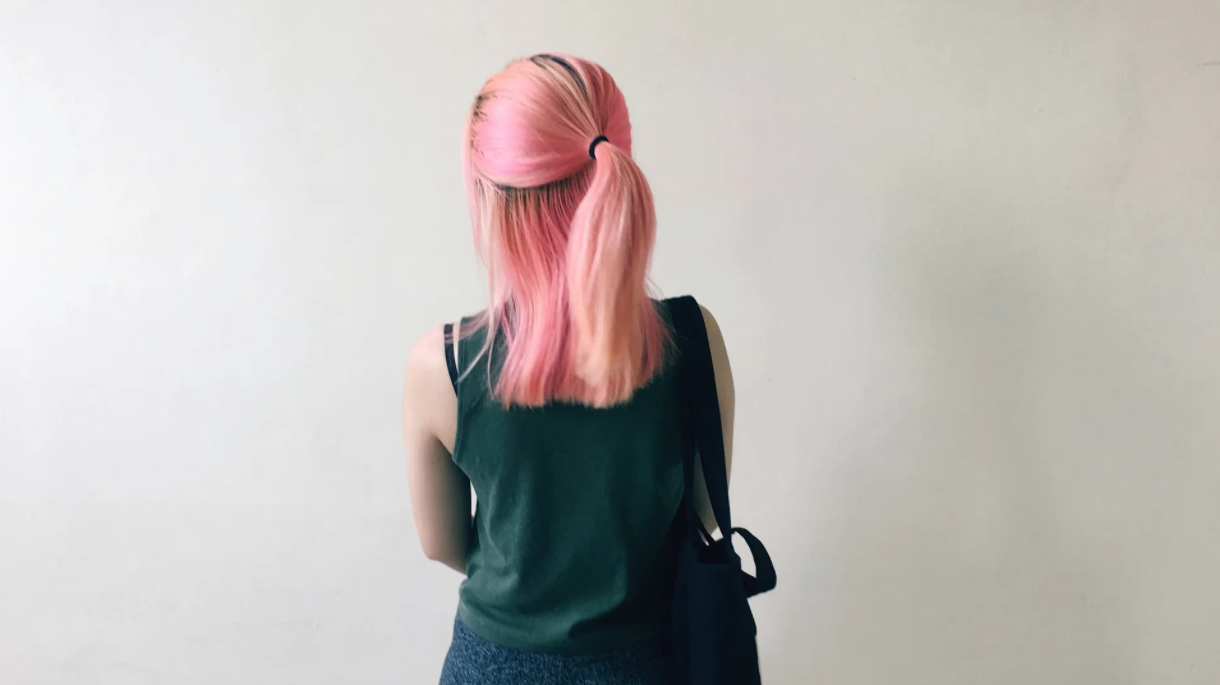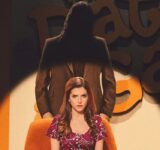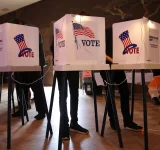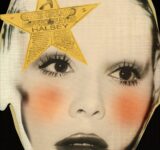Be it walking on the road, sitting for a job interview or attending family events, unnatural hair colors are bound to attract unwanted attention.
“Too daring! It’s out of control!” – comments quite familiar especially, to women with unnatural hair colors. As someone whose hair has touched almost all parts of the color wheel and currently, as someone who walks around with a flamingo-shade-of-pink hair, unwanted comments about my pink hair have simply replaced catcalling.
Additionally, I think I have made more friends since I started dying my hair back in 2019. For some reason, the unnatural hair color gives off the impression that I am approachable, friendly and extroverted; all of which I am not. However, it is safe to say that the bold, unnatural, colored-hair community navigates like a cult. There is something inherently unique and transcendent about us that those with natural hairs do not quite comprehend.
Do you think that this trend of having unnatural hair colors is a recent one? If yes, then think again.
Our grandmothers in the west were most likely sporting light blue styles as they entered their twilight years even before the 1970s punk movement began. It was during this movement to which prominent origins of the outlandish hair movement can be traced back. However, with the exception of a few less-than-outlandish years, the trend took hold on the backs of a music movement and has remained on the radar. From punk to pop to the current new millennium, unnatural hair trends are here to stay.
The punk movement found its stride in the late 1970s, introducing the world to fluorescent hair for the first time. Punks like the Sex Pistols and Soo Catwoman dyed their hair in a rainbow of colors, giving the general public something to look at. Tish and Snooky founded Manic Panic, a little New York boutique that would go on to make some of the world’s most well-known dyes. Essentially, unnatural hair colors are rooted in movements and the communities affected by these movements. The eye-catching blues, pinks, yellows and red bear more cultural and individual significance than people today might believe.
With this brief history, let’s talk about today.
Our devotion to our hair stems from the traditional beliefs that underpin our perception of beauty. What factors contribute to a person’s attractiveness? What makes them beautiful?
Throughout the ages, society, especially South-East Asian society, has been obsessed with long, dark, black hair as a symbol of beauty and grace in a woman.
So much so, this trait has been adopted into the traditional beauty standard and impacted multiple spheres of women’s lives. Not only in workspaces, but also in schools and almost any other professional setting, unnatural hair colors are still considered taboo for a number of reasons – it draws in unwanted attention, it deviates from the traditional formal appearance, it is considered to be disruptive, and such. Taking all that into consideration, it still leaves the question, ‘Why does my colored hair determine my academic excellence or my professionalism?” In all honesty, there is no direct link and thus, there is no direct answer.
Many women have faced criticism for their hairstyles and color. Women who color their hair lime green or peacock purple are analyzed to the extent where this characteristic determines their personal and professional worth. As if the situation was not bad enough, culturally enforced dogmatic views exacerbate the situation. “This is not the family image”, “What will the neighbours say?”, “What will people think about you?” – these questions might again ring a bell for unnatural-colored heads. It is one thing to have a personal aesthetic choice however, it is quite another to have your character called into question and to be subjected to stereotypes based on preconceived beliefs.
In today’s day and age, body modification, primarily hair colouring, tattooing and piercings, are tools of self-expression and a non-violent protest against dogmatic ideologies.
There are layers of social and ideological commentary ingrained in such actions which are often ridiculed.
This social act of derision makes body modification more powerful. The irony is that, the mockery of unnatural hair colors reinforces how a society wanting to be more inclusive lacks inclusivity for these women. Additionally, with heavy discourse surrounding constraining social standards (especially, beauty standards for women), derision of unnatural hair color reinforces those strict standards. It might be worth keeping in mind that idealised “natural” hair colors do not necessarily indicate one’s hair color by birth but rather, and most commonly, colors like brown, blonde and black. This might lead to one wondering; when did boring and barely eye-catching colors become the epitome of beauty, rendering anything otherwise an object of ridicule and mockery?
Social media might have you convinced that individuals who dye their hair unnatural colors are those with an unstable and distorted self-image, or other mental health issues such as unhealthy impulsivity.
This belief indicates that hair dyeing falls somewhere along the same lines as self-mutilation. Some might argue that unnatural hair colors like blue, green, pink, purple etc. were popularized by K-pop. Whether these facts are true or not, hair dyeing goes beyond a coping mechanism and cultural association. The way we as individuals stand out and make ourselves unique in a sea of homogenous black suits has a lot to do with the way we represent and perceive ourselves. Hair coloring, in recent times, has become a powerful tool for that. Furthermore, hair colors are attached to our individual and communal identities. It has its unique way of amplifying the Queer idenity as appearance and hair are very crucial to the community’s culture. Unnatural hair colours amplify a part of our personalities that we want to express without speaking, and correlate with our identities.
Unnaturally colored heads are victims of mockery and ridicule mainly because of traditional beauty standards, dogmatic ideological values, and the bad reputation it gets from the rowdy and disruptive association with the punk movement. However, this impression of punk derives from its stance against strict social norms. At the end of the day, despite the taboo and ridicule, unnatural hair colors are an embodiment of a generation breaking repressive beauty standards and expressing themselves to break out of the shadows of a traditionally homogenous society.






















